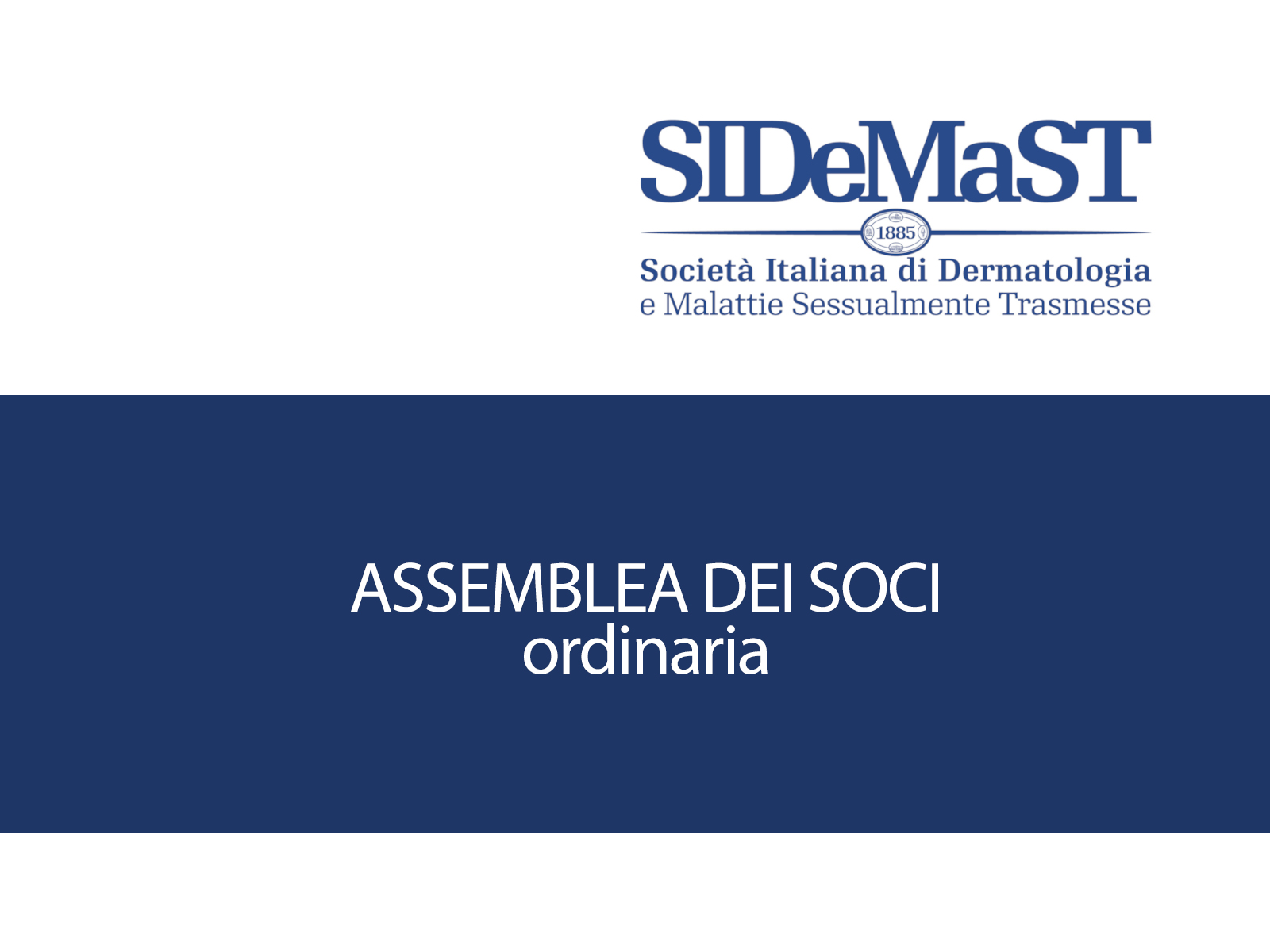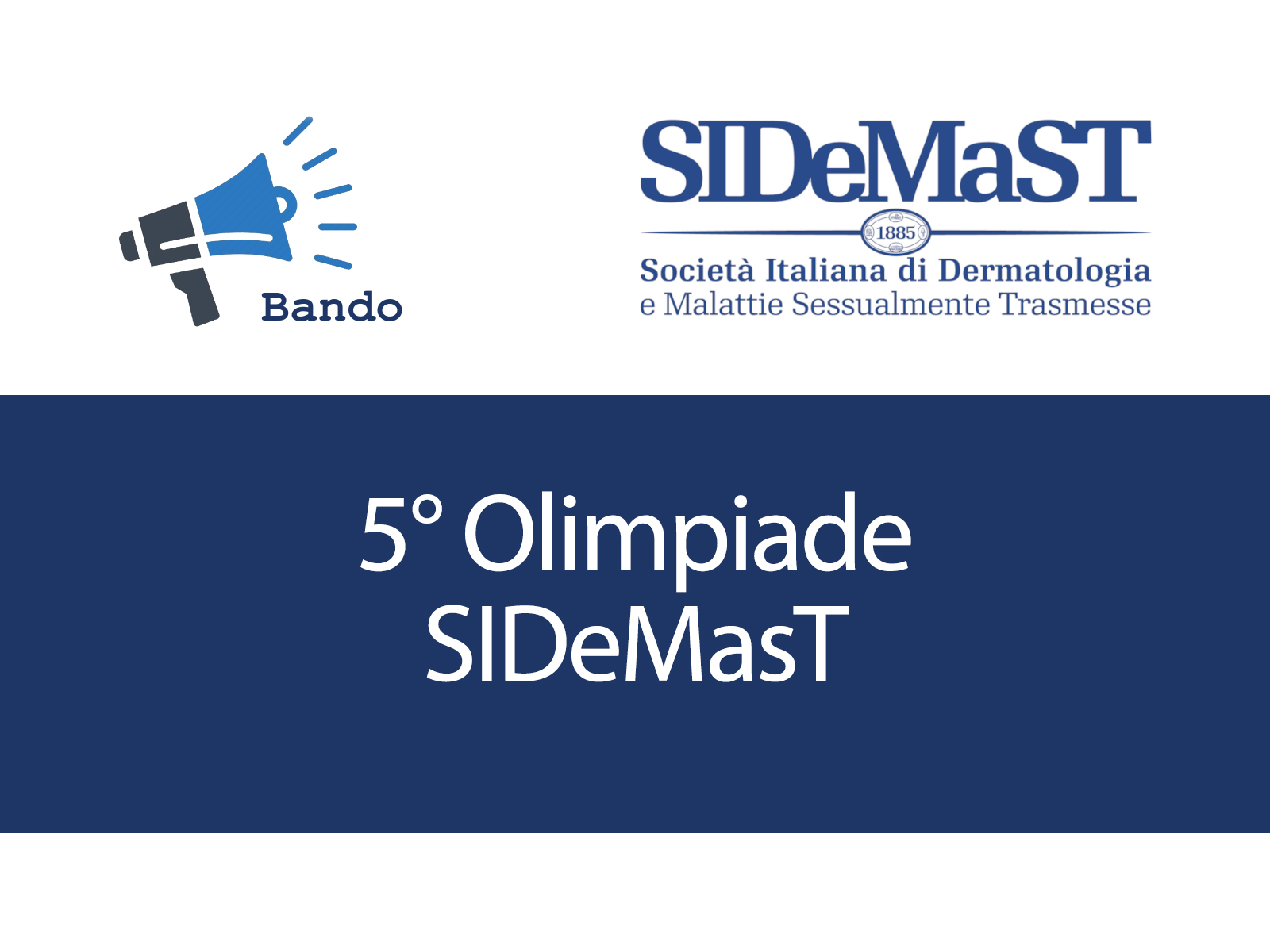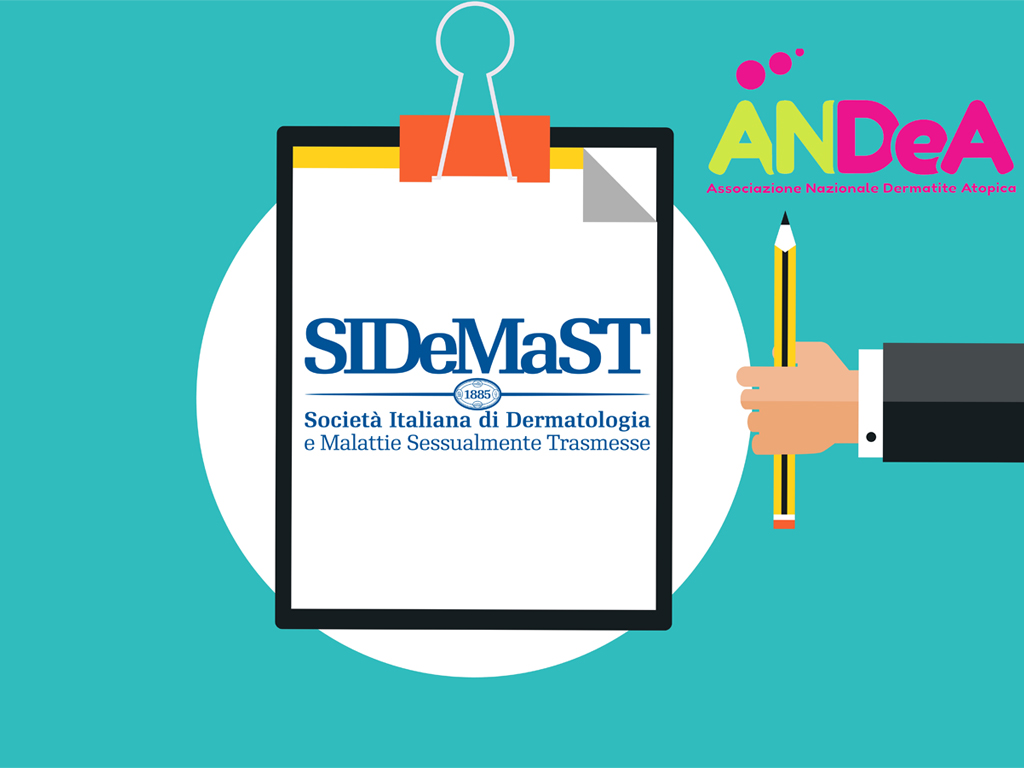Patients with active psoriatic arthritis and plaque psoriasis showed resolution of skin lesions within 3 weeks, as indicated by achieving Psoriasis Area and Severity Index (PASI 75) and PASI 90 with tofacitinib, according to findings from a large retrospective analysis of the OPAL trials, presented at the 26th European Academy of Dermatology and Venereology (EADV) Congress.
PASI 75 and PASI 90 represent a 75% and 90% reduction of symptom severity from baseline.
After 3 months, PASI 75 response rates were significantly greater for both doses of tofacitinib compared with placebo. Patients in the OPAL Broaden trial who achieved PASI 75 included 42.7% of patients receiving tofacitinib at 5 mg and 44.4% of patients on 10 mg tofacitinib; patients in the Opal Beyond trial who achieved PASI 75 included 21.3% and 43.7% of patients in at those respective doses. Patients in the former study were tumour necrosis factor inhibitor (TNFi)-naïve and patients in OPAL Beyond had demonstrated a response to 1 or more TNFi treatments. In both trials, PASI 75 was achieved by 14% of patients on placebo.
Both trials enrolled patients with active psoriatic arthritis and active plaque psoriasis who had an inadequate response to one or more conventional synthetic disease-modifying antirheumatic drugs (csDMARDs).
"At month 3, more patients achieved PASI 75 and PGA response (Physicians Global Assessment) with both tofacitinib doses in both studies compared with placebo or adalimumab," noted lead author Joseph F Merola, MD, MMSc, Brigham and Women's Hospital, Harvard Medical School, Boston, Massachusetts, speaking here on September 15. "These improvements were sustained up to month 12 in the OPAL Broaden and up to 6 months in the OPAL Beyond trials," he added.
All patients were required to receive a stable dose of 1 csDMARD during the study, with the majority of patients receiving methotrexate. Patients had been randomised to tofacitinib at 5 mg twice daily, 10 mg of adalimumab twice daily or active-comparator or placebo; subjects receiving placebo were allowed to cross over to tofacitinib at month 3.
Both trials had primary endpoints of PASI 75 and PASI 90 or the proportion of patients achieving Physician's Global Assessment of Psoriasis (PGA-PsO) of "clear" or "almost clear" and >=2-point improvement from baseline and change from baseline in target Nail Psoriasis Severity Index (ΔNAPSI); based on 1 target finger nail affected, and minimal important difference (MCID) from baseline in the Dermatology Life Quality Index (ΔDLQI).
"A greater proportion of patients achieved MCID changes more than 5 points, by month 3, indicating improved quality of life and decreased symptoms by patient reported outcome," Dr. Merola noted.
In the trials, 45.7% and 49.3% treated with 5 and 10 mg of tofacitinib reported improved MCID, respectively.
At baseline, 73.9% and 62.7% of patients in the two trials had >=3% affected body surface area, mean PASI scores of 9.2 and 10.7, and mean DLQI scores of 8.8 and 8.8. Other patient characteristics were similar across the trials.
Differences in ΔNAPSI between tofacitinib and placebo did not achieve significance.
Funding for this trial was provided by Pfizer, New York, New York.
[Presentation title: Tofacitinib in Psoriatric Arthritis Patients: Skin Signs and Symptoms and Health-Related Quality of Life From Two Phase 3 Studies. Abstract #: P1836]







